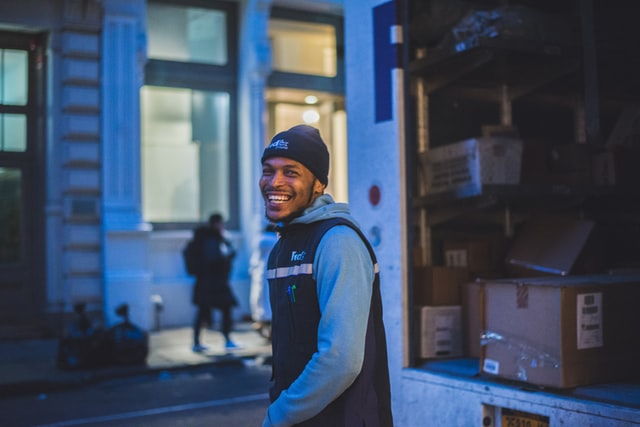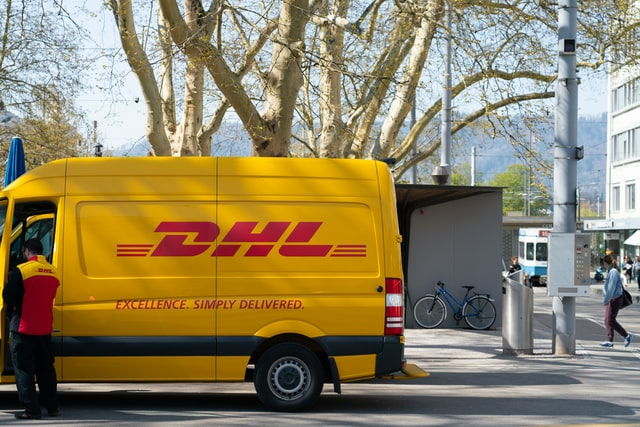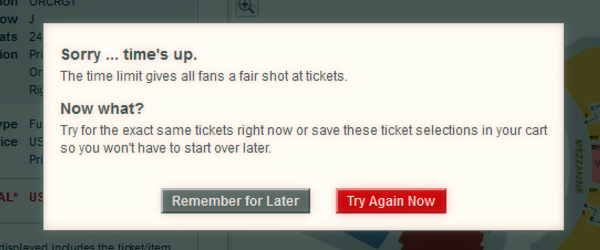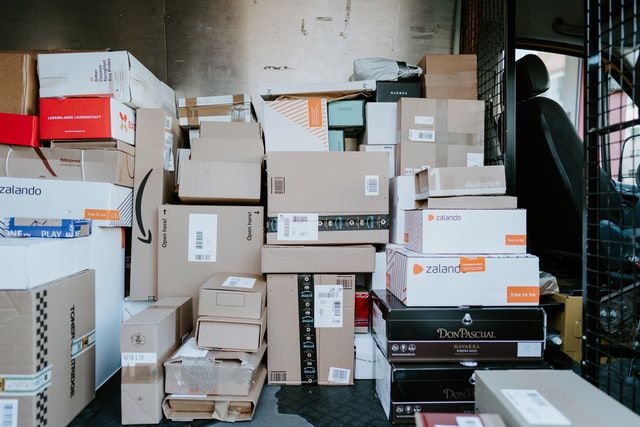
The Concept of Weak Links and Strong Links
Author Malcolm Gladwell explored a concept about “weak-link” and “strong-link” activities in a podcast a few years ago. In it, Gladwell defines a “strong-link” activity as one where the team or business with the best player or experience usually wins. By contrast, a “weak-link” activity occurs when the team or business without the worst player or experience usually wins. Make sense? Let’s try a few examples.Strong Link Activities
Basketball, for example, is a strong-link activity, where upgrading your strongest 1-2 players, gives you the best results. The addition of a single star player can change the whole season for a team. Think: Michael Jordan’s 1984 season with the Chicago Bulls. Pre-Jordan: the Bulls won only 35% of games. Post-Jordan: the Bulls were playoff contenders.Weak Link Activities
Soccer, on the other hand, classifies as a weak-link activity, where upgrading your worst players makes the team much better. “You could have 8 beautiful passes in a row, but if your worst player...botches the ninth, then all the previous 8 beautiful passes are all wasted. It takes several successful contributions from the weakest players to succeed.” This can be a useful model in evaluating our own ecommerce experiences we create for customers.Ecommerce Experience Building is a Weak Link Activity

Successful customer experiences in ecommerce are absolutely a weak-link activity, where your customer’s experience is only as good as the worst part of the process. Think about it - if the whole shopping experience was smooth and easy, but if after a customer checked out they never got a tracking number, or if the package arrived damaged, or if it never arrived at all - none of the other steps to get there mattered.
The customer didn’t get what they paid for, and it was a negative experience. As a result, that customer is much less likely to return, let alone provide you with social proof to help you win new customers.Consider the following statistics about the post-purchase experience:
- Over 73% consider delivery the most important part of the online shopping experience (that’s right, the one part of the process you don’t handle yourself).
- 84% of shoppers won’t return to a brand after a bad delivery experience (even though it’s not your fault. )
- 94% of customers blame the retailer after a delivery goes poorly.

Making your weakest link your strongest
The post-purchase experience can often be the weak link that breaks the chain in your customer experience because it feels like it’s out of your control. But while a 3rd party carrier is doing the work of delivery, there are 2 major areas you can control to ensure an amazing post-purchase experience that will lead to all forms of social proof: a better package tracking experience and a better resolution for failed deliveryChoose the right shipper for the job
Google “which shipping service is the best,” and you’re going to be delighted to find 2.3+ billion results that all vary drastically in opinion.

Not surprisingly, there is a lot of debate on which shipping carrier is the best, and that debate gets hotter the more you get into cost and efficiency. Each shipping carrier has different processes, different services, different guarantees, and very different strengths.
Basic strengths of the “big 4” carriers:- USPS – cost, shipping small packages
- UPS – tracking, shipping large packages
- FedEx – fast delivery, Saturday shipments
- DHL – international shipments, fulfillment
Better package tracking experience

Better resolution for failed deliveries

The End Game
Like making consecutive passes of a soccer ball down the field toward a goal, the entire ecommerce experience has to link together to yield a great result - one weak pass or weak link in that process breaks all the previous successful ones. With as much value as the customer puts on the delivery stage of shopping online, the post-purchase experience is crucial to creating a total brand experience that the customer will want to share back with you and their own network. Asking for social proof in any form comes much easier when your brand has been alongside them every step of the way, as opposed to taking a 2-7 day break during shipping and delivery and picking up the conversation again when they receive their order.About Adam
Adam has spent 6 years immersed in CX ecommerce and SaaS solutions, working with companies ranging from startups to federal governments to Fortune 1000 companies. He currently oversees strategic partnerships for Route.com.









